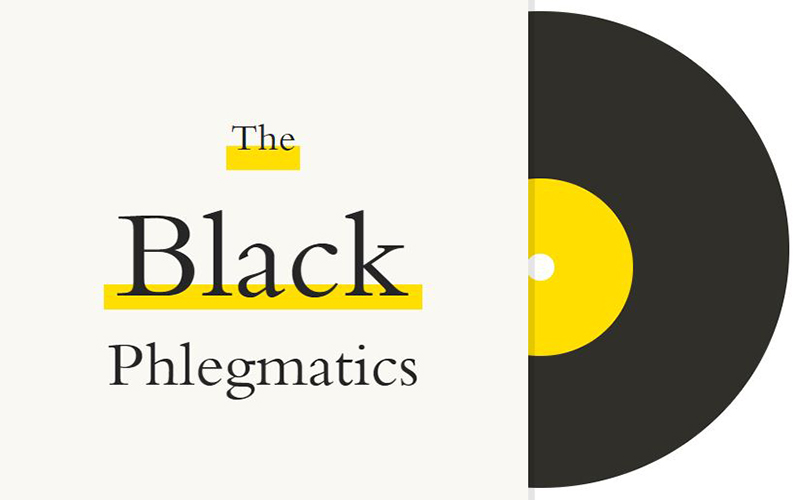
Manutius wanted to produce Greek texts for his readers because he believed that works by Aristotle or Aristophanes in their original Greek form were pure and unadulterated by translation.
BEMBO TYPEFACE 1495 PORTABLE
His enchiridia, small portable books, revolutionized personal reading and are the predecessor of the modern paperback. His interest in and preservation of Greek manuscripts mark him as an innovative publisher of his age dedicated to the editions he produced. Manutius devoted the later part of his life to publishing and disseminating rare texts. For more information visit this page.Aldus Pius Manutius ( / m ə ˈ nj uː ʃ i ə s/ Italian: Aldo Pio Manuzio 1449/1452 – 6 February 1515) was an Italian humanist, scholar, educator, and the founder of the Aldine Press. This typeface is also available within Office applications.
BEMBO TYPEFACE 1495 SOFTWARE
BEMBO TYPEFACE 1495 MOVIE
In more modern settings it has a place in movie and book titling, as well as representational texts. The Bembo font family lives on as tribute to the superlative typographical efforts of Stanley Morison.īiblical scholars, linguists, medievalists and classicists have all found use for the Bembo font family. Morison was influential in a number of areas of typography, pioneering the creation of a large number of typefaces for Monotype. He also consulted for the London Times newspaper, creating the typeface Times New Roman® in a successful effort to improve the paper’s readability.

Morison, a well-respected English typographer, was a typographic consultant to the Monotype Corporation. Morison’s Bembo design was released for typesetting in 1929, whose redesign was the result of adapting the Bembo typeface to the machine composition and typesetting requirements of the day. Notably, the ascenders of the lowercase lettering are taller than the uppercase also the c is slanted forwards and there is a returned curve on the final stem of the m, n and h. The calligraphic style that the serifs pronounce imparts a warm human feel to the typeface. In fact, the characteristics of many other well known typefaces such as Garamond® and Times® Roman can be traced back to the Bembo typeface. The resulting typeface which was a departure from the common pen-drawn calligraphy of the day, and looked more similar to the style of the roman typefaces we are familiar with today. In the case of the Bembo typeface, Griffo could not have known how important in the history of typeface design his new cut would be. A punchcutter was a very skilled job and the their interpretation of a typeface design would be what was eventually printed typeface designers had little input into the punchcutter’s work once their design had passed out of their hands.

The Bembo typeface was cut by Francesco Griffo, a Venetian goldsmith who had become a punchcutter and worked for revered printer Aldus Manutius.īeing a punchcutter meant that Griffo spent his days punching out the shape of a typeface into steel.

The typeface originally used to publish Pietro Bembo’s book “De Aetna”, a book about Bembo’s visit to Mount Etna. The Bembo design was named after notable the Venetian poet, Cardinal and literary theorist of the 16th century Pietro Bembo. The original Morison typeface contained only four weights and no italics. The Bembo® design is an old-style humanist serif typeface originally cut by Francesco Griffo in 1495 and revived by Stanley Morison in 1929.


 0 kommentar(er)
0 kommentar(er)
